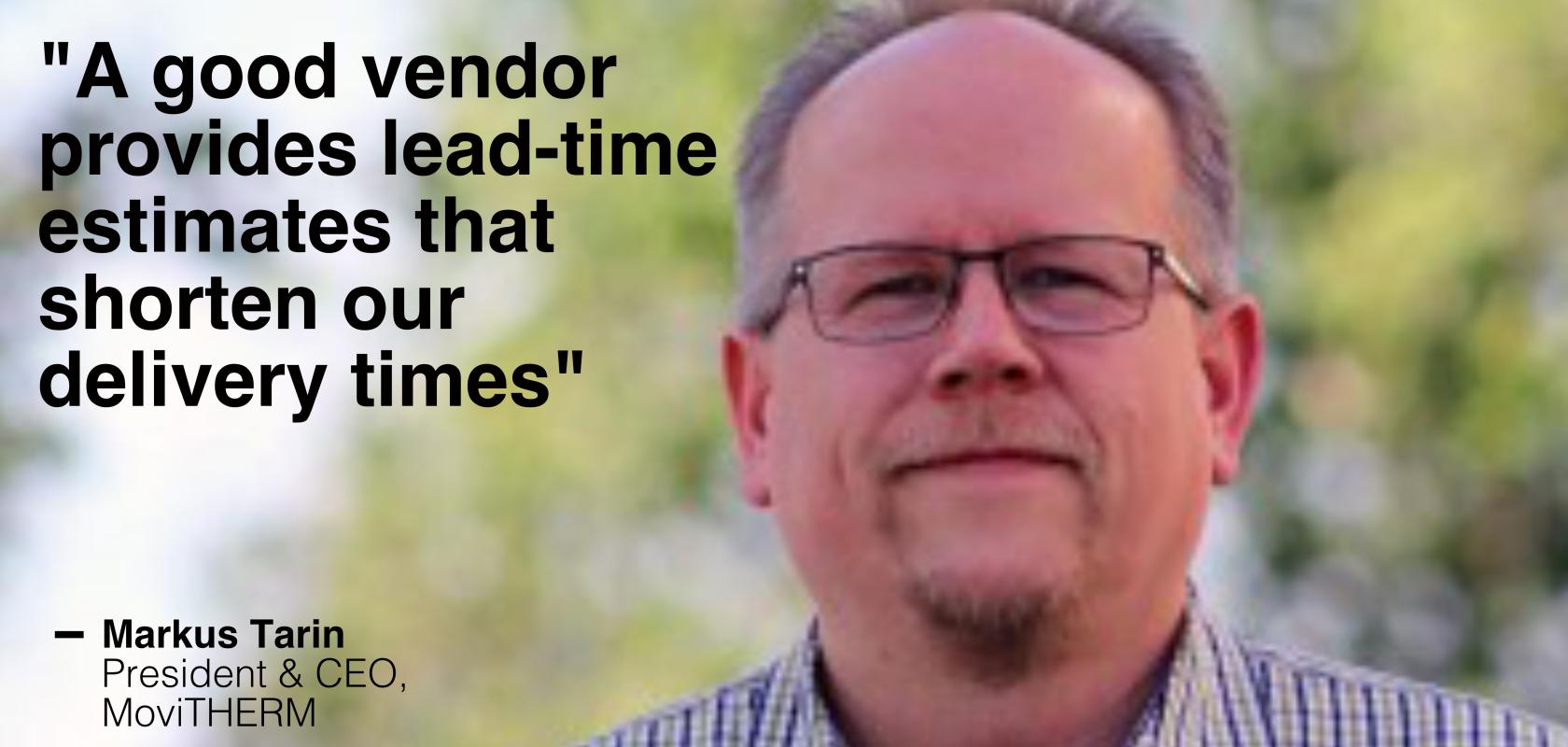Cloud-connected thermal imaging and IoT 'easier to install and operate'

MoviTHERM provides “solutions for intelligent early fire detection, condition and process monitoring, quality inspection for package sealing applications and infrared non-destructive testing for aerospace structures," says the company's President and CEO, Markus Tarin. Image: MoviTHERM
Markus Tarin explains how MoviTHERM uses thermal imaging for real-time fire detection.

Register for FREE to keep reading
Join 10,000+ vision professionals driving innovation in automation, AI and imaging with:
- Expert insights on vision, robotics, AI & embedded tech
- Newsletters and features covering the full imaging landscape
- Visionaries series: leadership strategies in imaging
- Free panels on smart manufacturing & autonomy
- White Papers & updates for smarter integration
Sign up now
Already a member? Log in here
Your data is protected under our privacy policy.










